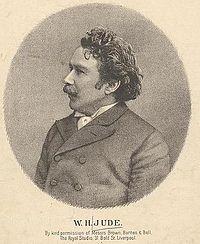1807 - 1889 Author of "There is a Happy Land" in Northfield Hymnal No. 3 Young, Andrew, second son of David Young, for more than fifty years a most efficient teacher in Edinburgh, was born at Edinburgh, April 23, 1807. After passing through a distinguished eight years' literary and theological course at the University of Edinburgh, he was appointed in 1830, by the Town Council, Head Master of Niddry Street School, Edinburgh, where he began with 80 pupils, and left with the total at 600. In 1840 he became Head English Master of Madras College, St. Andrews, where he was equally successful. He retired from St. Andrews in 1853, and lived in Edinburgh, where he was for some time the Superintendent of the Greenside Parish Sabbath School He died Nov. 30, 1889; Many of Mr Young's hymns and poems were contributed to periodicals. A collected edition of these was published in 1876, as The Scottish Highlands and Other Poems. His poems entitle him to rank in the first order of Scottish minor poets. Some of his hymns are very sweet. His "There is a happy land" (q. v.) has attained great popularity. [Rev. James Mearns, M.A.]
--John Julian, Dictionary of Hymnology (1907)
Andrew Young
